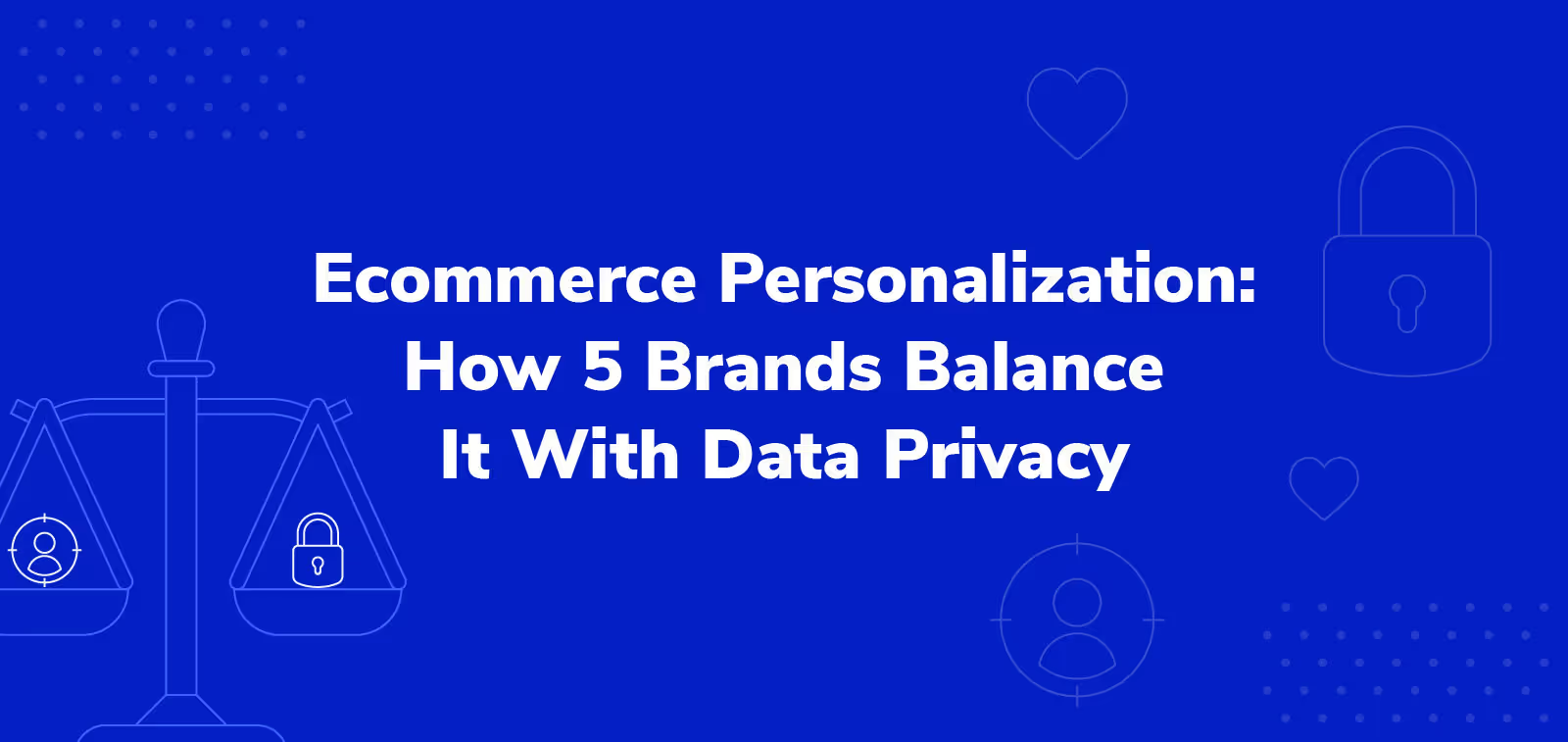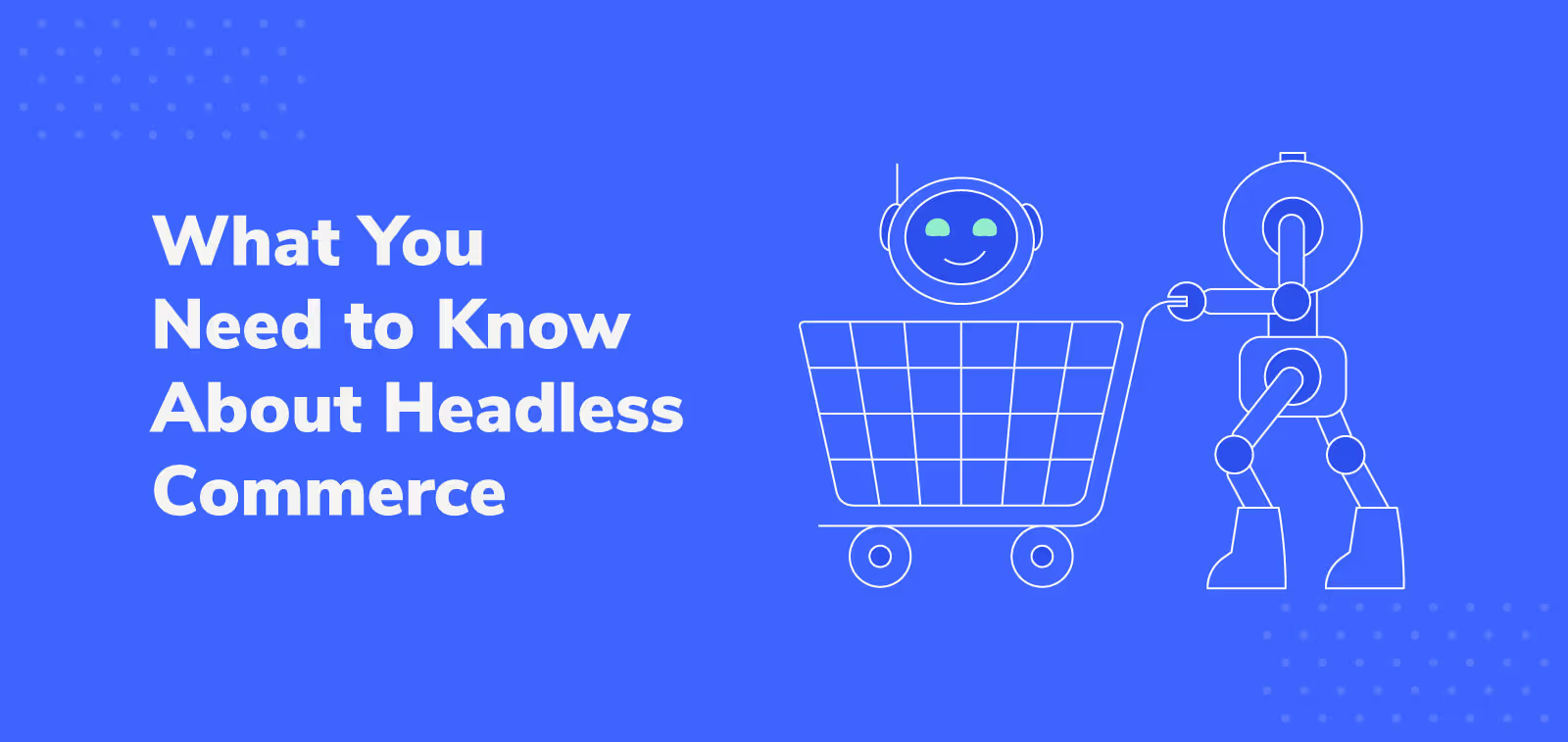Ecommerce Competition & You: 6 Ways to Stay Ahead in 2023

Ecommerce competition is as fierce as ever. Store Leads reveals that the number of Shopify stores jumped almost 50% year-over-year in Q3 2022.
As a result, ecommerce businesses have to work harder than ever to acquire and retain new customers. With customer acquisition costs soaring 222% from 2013 to 2022, according to SimplicityDX, businesses can’t afford to let a single customer switch brands.
To stay ahead of the competition, follow these six tips to build customer loyalty and increase your ecommerce market share. Throughout the post, we’ll share ecommerce tool recommendations, so you’ll be ready to keep customers happy with the right tech stack.
1. Use behavioral segmentation to personalize communication
Most ecommerce brands will use some sort of segmentation to boost conversion rates. But the grouping is often based on personal details like location and gender. Personalize your communication on an even deeper level with behavioral segmentation, too.
A post-pandemic Yieldify study revealed that 68% of marketers use “real-time behavioral decisioning” for ecommerce personalization. And for online retailers that master personalization, McKinsey found they most often see a 10–15% revenue lift.
Behavioral segmentation deals with when, why, and how customers interact with and purchase from your brand. If you segment based on the RFM method — recency, frequency, monetary — you’re putting behavioral segmentation into practice.
With a software provider like Amplitude, you can create segments automatically based on the criteria you set. Send these segments to your email, SMS, or push notification platform, and create personalized campaigns to condition future behavior.
Suppose you want to increase the number of ecommerce sales in the next 30 days. You could create a rule in Amplitude to identify customers who’ve bought in the previous 30 days. Amplitude will analyze the online behavior of those buyers and then send you a list of customers whose recent behavior makes them most likely to buy in the next 30 days.

Then program a digital marketing campaign to launch to those customers only. That campaign can include a blend of ads, pop-ups, and email marketing.
2. Implement “text to buy” to make mobile shopping a cinch
It’s no secret that customers want Amazon-like speed and convenience from online stores. Comscore reports that 8% of US consumers that abandoned their orders in 2022 did so because the checkout process was “too long or complicated.”
Many brands keep their online shopping process convenient with one-click checkouts. But to differentiate your CX even further, consider another seamless buying option: text to buy. This innovation lets customers complete an order without leaving their SMS stream.
Assuming they’ve opted in, many consumers actually welcome SMS outreach. In a 2022 Latana study, 44% of Gen Z and 47% of millennials said they “liked” using SMS to interact with brands. The better news is that it’s easier than ever to optimize SMS for online sales while keeping customer data secure.
SMS platform Attentive recently unveiled a “text-to-buy” feature with the digital wallet Shop Pay. To use the feature, create business accounts on both platforms, and make sure each integrates with your ecommerce site. On a similar note, customization and interaction within applications are increasingly becoming focal points for brand differentiation. Developers looking to up their game can exploit features like Sendbird's custom in-app chat feature, a tool that can remarkably enhance user ease and interaction, offering a potential boost to conversion rates.
Your customers will also need Shop Pay accounts. Shop Pay saves and encrypts customers’ credit card, billing, and shipping information, making it safe to use across ecommerce platforms.
Now, consumers who opt in to a brand’s SMS messaging can receive abandonment and upsell texts and convert in as few as two steps.

Customers simply need to text back a single word like SUCCULENT to place their order via SMS.
3. Add customer value through branded partnerships
Partner with individuals and brands that your customer base knows and loves — and your competitors haven’t considered. Plus, you’ll attract new eyeballs, which can lead to new buyers.
In a 2021 survey, Visual Objects found that 71% of consumers “enjoy” co-branding partnerships.
It takes considerable planning for a partnership to help you stand out from the competition. Follow these steps to maximize ROI:
- Choose a partner whose audience aligns with yours. Say you run a chain of boutique hotels for young professionals. You connect with a lifestyle blogger who’s earned the trust of your target audience. You want to drive bookings from that person’s audience, while the blogger wants to keep providing value to their readership.
- Agree on an appealing offer. As a hotel brand, give anyone who books from the blogger’s audience a special discount on rooms. As compensation, the blogger may be happy with a multi-night free stay.
- Establish clear goals and KPIs. As a hotel brand, you may want the partnership to generate a percentage increase in bookings within a given time period.
- Choose your communication channels. Use a combination of social media platforms and email, depending on the blogger’s strengths.
- Decide how you’ll track customer behavior across your platforms with the partner. Send the blogger a trackable link to measure the traffic and sales they deliver.
Upfluence is a platform that helps you discover the right influencer partners for your brand. Pricing depends on the scale of your campaign.
Electronics brand JBL recently partnered with the gaming community 100 Thieves to create a new series of branded headphones.

JBL benefited from the worldwide brand awareness of 100 Thieves’ 1.2 million strong social media following. And 100 Thieves was in a better position to show its community “how game-changing quality sound can be” with JBL’s product.
4. Use augmented reality to make virtual products more tangible
Augmented reality (AR) helps brands stand out by letting consumers visualize how they’ll use their physical products. That means using the technology to see how jewelry looks on them or how a piece of furniture fits in their home.
In 2021, Harvard Business Review reported that cosmetics customers who used AR had a 19.8% higher likelihood of buying new products than customers who didn’t use AR.
Beyond pushing consumers to click “buy,” AR also minimizes returns. The National Retail Federation learned that returns cost US retailers more than $761 billion in lost sales in 2021. Plus, returns can create unwanted friction for customers, complicating their relationship with your brand. With AR, consumers can gauge whether they’ll like the product before it even arrives.
Resident is an online business that uses AR to place its furniture at scale in customers’ rooms. When a customer wants to visualize a table in their dining room, they first scan a QR code with their phones.

A full-sized image of the table then appears on the customers’ phones, which they can move around their room to see how and where it could fit.
Depending on your AR requirements, you may need to pay a developer to create the immersive experience you want. Shopify also offers AR-ready themes and apps like levAR for ecommerce stores on its platform.
5. Safeguard customer purchases with shipping protection
Say you’re a furniture seller, and a customer calls to tell you their new sofa arrived damaged. If you tell the customer they can’t return it, chances are they’ll never come back to your brand.
Keep your customers happy, and boost confidence in purchasing by offering shipping protection.
Ecommerce customers can add modern shipping protection plans to their shopping carts in a single click. The competitive edge rests in how quickly and accurately customers get responses to claims.
Once a customer initiates a claim with Extend, our virtual assistant asks a few brief questions and processes it in a matter of seconds.

Not only have you made it easy for the customer to resolve the situation, you’ve protected your margins from the expense of replacing the product.
Whatever hiccups lead to post-purchase claims, you can still keep customers happy by offering a reliable shipping protection plan.
6. Tie your brand to a cause, not just products
Many ecommerce brands differentiate on product alone. Today, that’s not enough — you need to share and act on your values, as well.
The Havas Group learned in 2021 that 73% of consumers want brands to act for the good of society and the planet. Edelman’s 2022 Trust Barometer Report found that 57% of respondents “expect a brand’s stand on important issues to be visible at the point of transaction.”
Let customers know about your commitment to key issues throughout your site, especially on product pages. On eligible product pages, Jewlr shows visitors that it will donate a portion of each sale to Red Cross efforts in Ukraine.

Be sure to show customers that your efforts lead to real change. If a customer asks and you don’t deliver, you’ll most likely lose that customer to a competitor.
Stay ahead of your ecommerce competition with Extend product protection
The recommendations above all add value and convenience to the customer experience. Even if you’re only able to add one or two to your marketing strategies, they could be enough to drive ecommerce growth and customer retention.
To learn more about how Extend can give your ecommerce store a competitive advantage, click here for a demo.
Aaron Sullivan is senior content marketing manager at Extend. He specializes in writing about e-commerce, finance, entertainment, and beer.
.svg)












































.avif)











